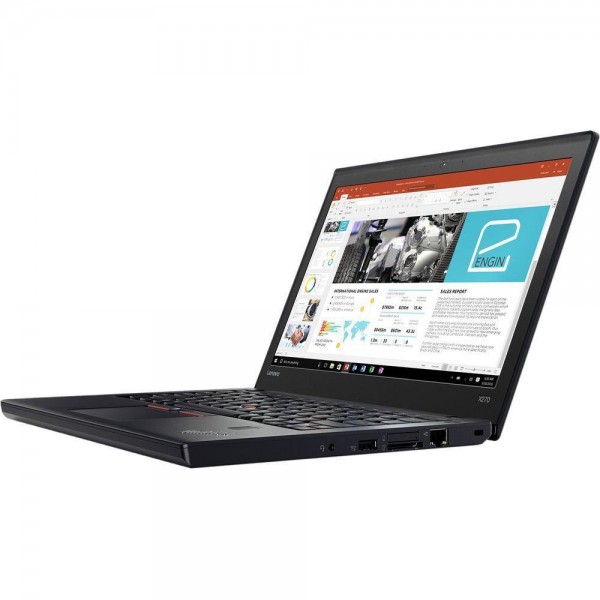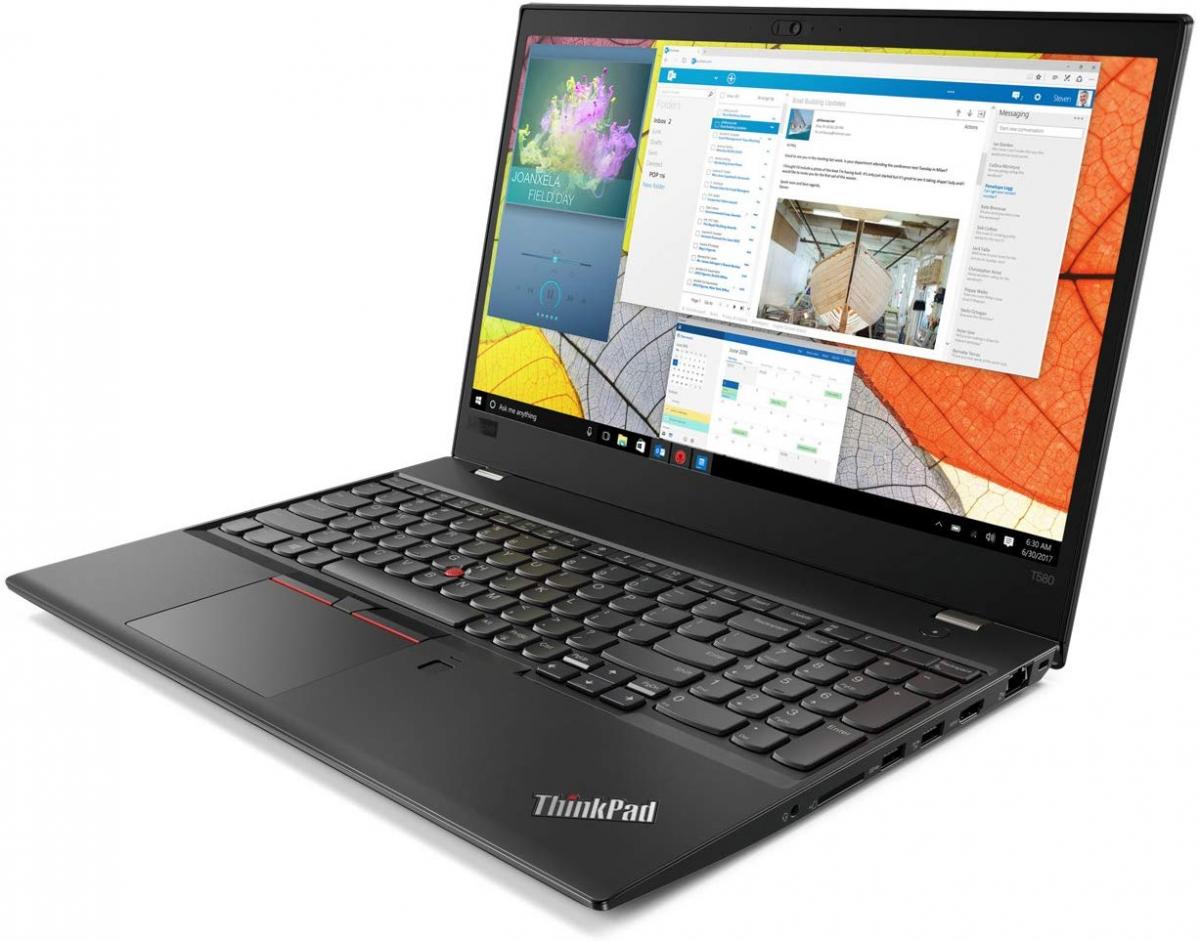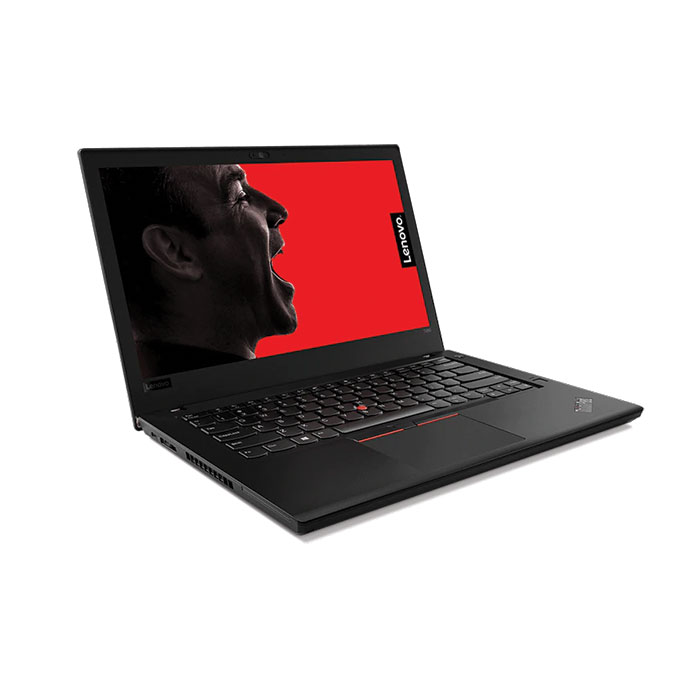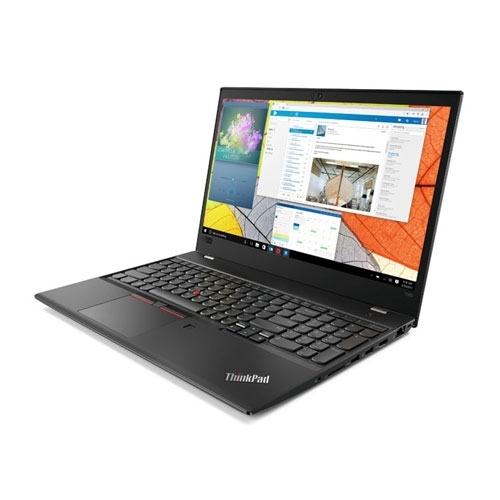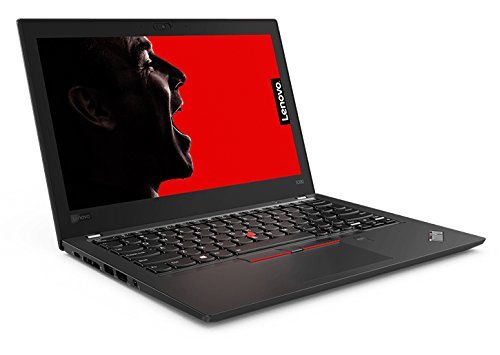
The X280 is probably the most comprehensive redesign of the older generation of ThinkPads, a factor that excites us about this device. It is a conceptionally different laptop than the ThinkPad X270, which may well scare some of its fans. Overall, the X280 is a better laptop than its predecessor..

The most important aspect of this new design is the case, which is significantly better than its predecessor. The change in material from glass fibre plastic to magnesium and carbon fibre has worked in terms of reducing thickness and weight. The X280 roughly weighs the same as the X1 Carbon. This weight reduction has changed the anachronism of the X270, a 12-inch laptop thicker and heavier than its 14-inch siblings. The case is not only thinner and lighter but also easier to service as Lenovo have removed the annoying and easily broken clips from the bottom case. What’s more, Lenovo has accounted for most of the other problems we experienced with the X270. The fan runs less, the device runs cooler, power consumption has improved, and the display is brighter. The X280 has kept to the ThinkPad tradition of having excellent I/O, with the smallest ThinkPad finally supporting Thunderbolt 3. Better still and unlike its predecessors, the X280 benefits from its GPU’s maximum potential performance thanks to its Dual-Channel RAM.

Where there are good points there are also bad ones, with the bad occasionally outweighing the good. Interestingly, the X280’s weak points are that for which we praised the X270. The X280 is not as flexible as its predecessor without the expandable removable PowerBridge battery, while the decision to omit an RJ45 Ethernet port on a business device is difficult to understand. Downsizing from an SD to microSD card slot to save space is understandable, but its positioning and accessibility are not. The RAM is a victim of space saving too, with Lenovo opting for RAM soldered to the mainboard, rather than the removal RAM that the competition continues to offer. A further drawback is related to how the X280 manages CPU performance. Typically, when a CPU lowers its clock speed because of high temperatures, that clock speed will return to its previous state once temperatures have dropped. This is not the case with the X280, with the clock speed remaining low even when temperatures have dropped. This may be fixable with a BIOS update, but there has been no word yet as to whether Lenovo plans to address this. Additionally, the CPU is throttled on battery, Lenovo may have done this intentionally though. We expect more than the poor colour space average since the X280 is such an expensive laptop. This is a point on which we criticised the X270 and the wider pool of business class laptops too. Lastly, Lenovo could probably have fitted the X280 with a 13.3-inch display given the wide bezels that the 12-inch display has.

If you can survive without dedicated ethernet support and a removable battery, then the X280 is a much better package than last year’s model, which is why we recommend it.
We recommend the X280 because overall it is simply a successful subnotebook. The X280 is much cheaper than the X1 Carbon 2018, making the Campus Version an attractive choice for students. The competition has some interesting models too, such as the Dell Latitude 7290 and the HP EliteBook 830 G5, which we are yet to test. In some areas, these competitors have the X280 beat, such as the inclusions of an Ethernet port and expandable RAM. The X280 has, as is the case with ThinkPads, unmatched I/O, and is the lightest of the three laptops. While we recommend the Lenovo ThinkPad X280, potential buyers must make their choice based on their own needs and preferences.
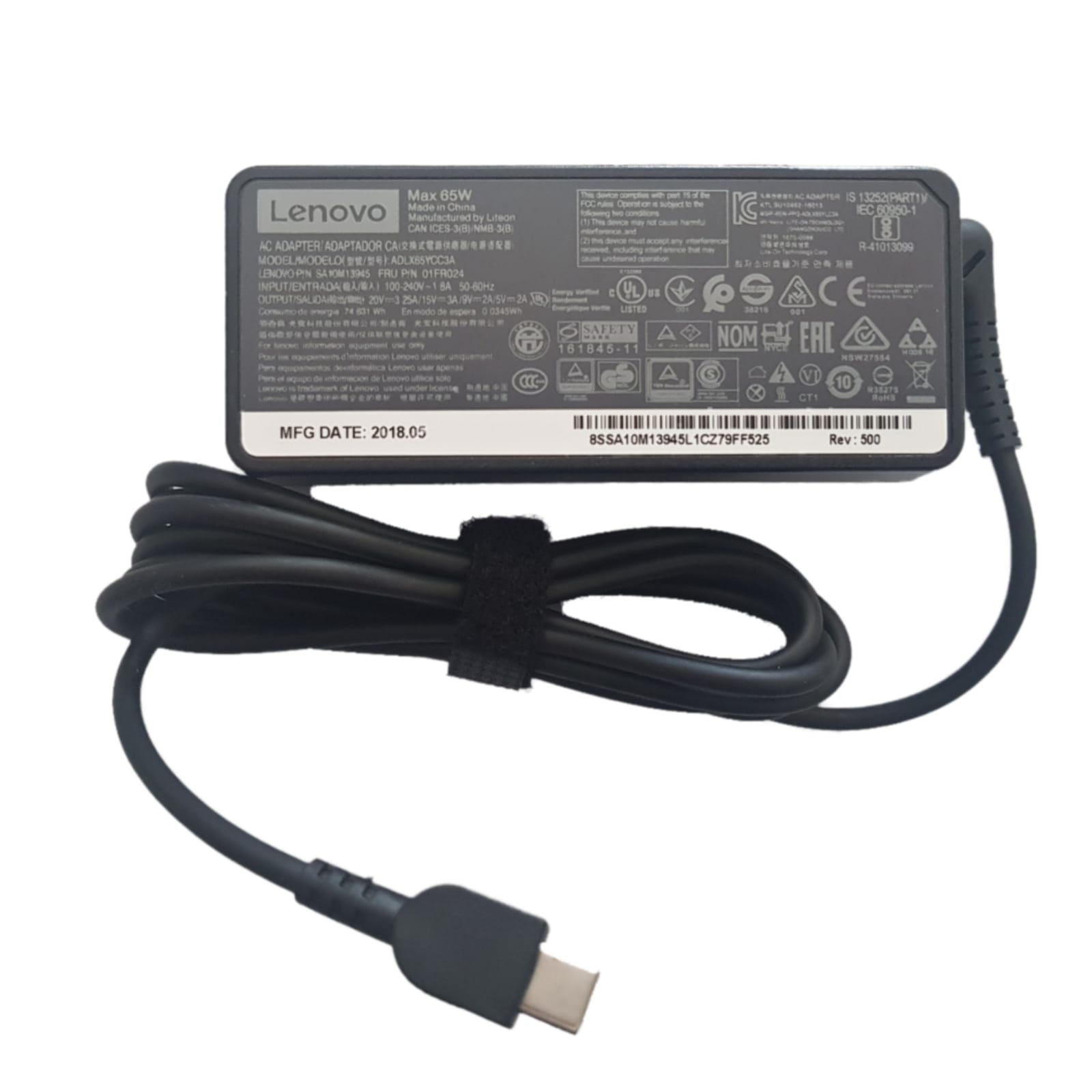
techgurl
